- DGK Viper 8.125 Deck Review: An Overall Good Board - April 20, 2022
- Best Skateboard Bearings Guide: All You Need Consider - January 27, 2022
- Most Famous Old School Skateboarders - January 27, 2022
Skateboarding can be a frustrating sport for beginners starting. While most people will be able to stand on a board, ride around and maybe even turn the board with little to no practice needed. This tends to be as far as natural ability will take you. Then comes the months on end where you go out every day, searching for the basic tricks that will make skateboarding less of a chore. Perhaps this is why the skating is such a laid-back one, as the early months would be enough to break anyone without supportive and chilled-out individuals in your corner.
However, the time will come where you begin to land the basic tricks, with ollies coming naturally, shuvits rotating with ease and you’ll probably be able to drop into a ramp if you happen to have access to a park. However, of all the beginner tricks, there is one that calls out to skaters, begging them to add it to your setlist more than any other. We are of course referring to the classic skating trick, the Kickflip.
In this guide, we take a look at the origins of this timeless trick, help you understand what it takes to do a kickflip, give you some variations to try out and we will let you know all the common mistakes that you can avoid to make sure your kickflips look steezy right from the off. So without further delay, here is our complete guide on how to kickflip.
What is a Kickflip
The kickflip is perhaps the most well-known skateboarding trick out there, perhaps tied with the ollie. This is the one that you can tell casual fans and strangers to the sport that you can do and they should be able to appreciate the trick for what it is. For many, a kickflip is a right of passage, a way to signal to peers and bystanders watching you shred that you are the real deal. Yet in reality, this trick is one of the more basic ones within the skating hit list.
This trick is when the skater jumps into the air with an ollie motion but instead of moving their front foot up to level the board, the skater will kick their foot up to meet them outside of the front pocket, allowing the board to turn 360° under the skater’s feet. The skater will then catch the board with their back foot, or front foot if they are feeling a little more daring. Then they will land back on the ground and ride away feeling accomplished.
Who Invented The Kickflip?
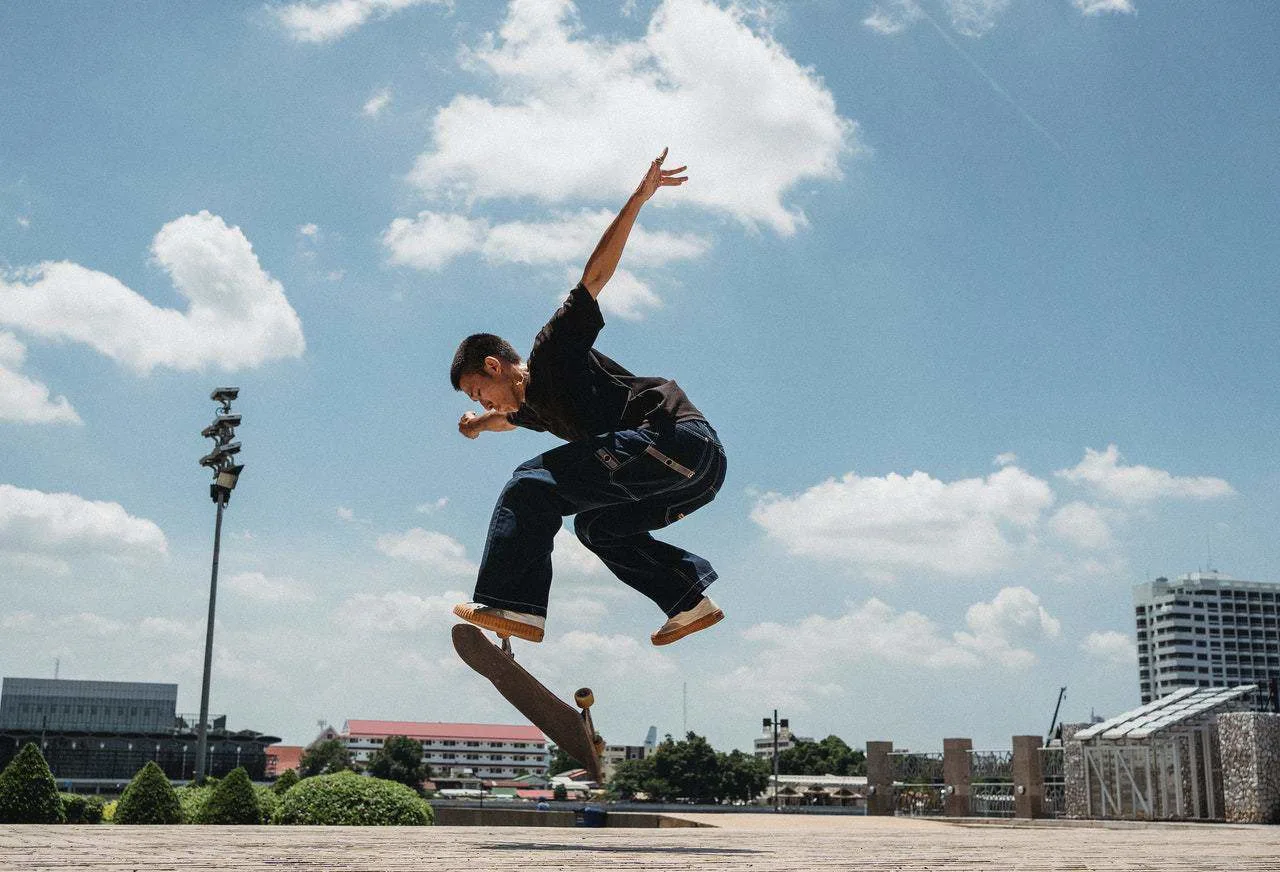
This really depends on what you define as a kickflip. Back in the 1970’s the kickflip motion where the board would turn 360° under the skater’s feet was a common sight. However, this would require the skater to stand with feet parallel on the board and jump awkwardly to catch it when they flipped the board by hooking their toe underneath and jumping. This is a move known as the old skool kickflip, is thought to have been created by Curt Lindgren, and is still seen today in some circles. However, it is not the modern, traditional kickflip that skaters perform today.
This modern technique where the board would clear the ground was first created by Rodney Mullen in 1982. The grandfather of freestyle skating referred to this at the time as an ‘Ollie Flip’ or a ‘Magic Flip’ and is more in line with the modern technique where skaters will slide their foot into the corner pocket to rotate the board while in the air. This was initially a freestyle trick but was soon adopted by all skateboarding disciplines and became the catalyst for the introduction of many flip tricks to the world of skating within a very short period.
Are There Different Types of Kickflip?
Considering we just briefly mentioned one, it goes without saying that there are different types of a kickflip and quite a few at that. These tend to be variations of the standard kickflip with an added extra that ups the difficulty factor. Here is a quick list of all the notable kickflip variations below:
Kickflip with Rotation
Firstly, we have a kickflip with a rotation. This can be a 180 rotation, or if you are Guy Khury, a 1080 rotation, the limit is down to how fast you can turn. Plus, this can be done in a variety of ways, such as half cab flips or regular rotations. So there is plenty to experiment with here.
Kickflip with board spin
This is a little bit open-ended because this is the basis for several tricks. This is essentially adding a shove-it motion with a kickflip motion to perform a new trick entirely. This could be a varial kickflip, a tre flip, a nightmare flip along with a handful of others.
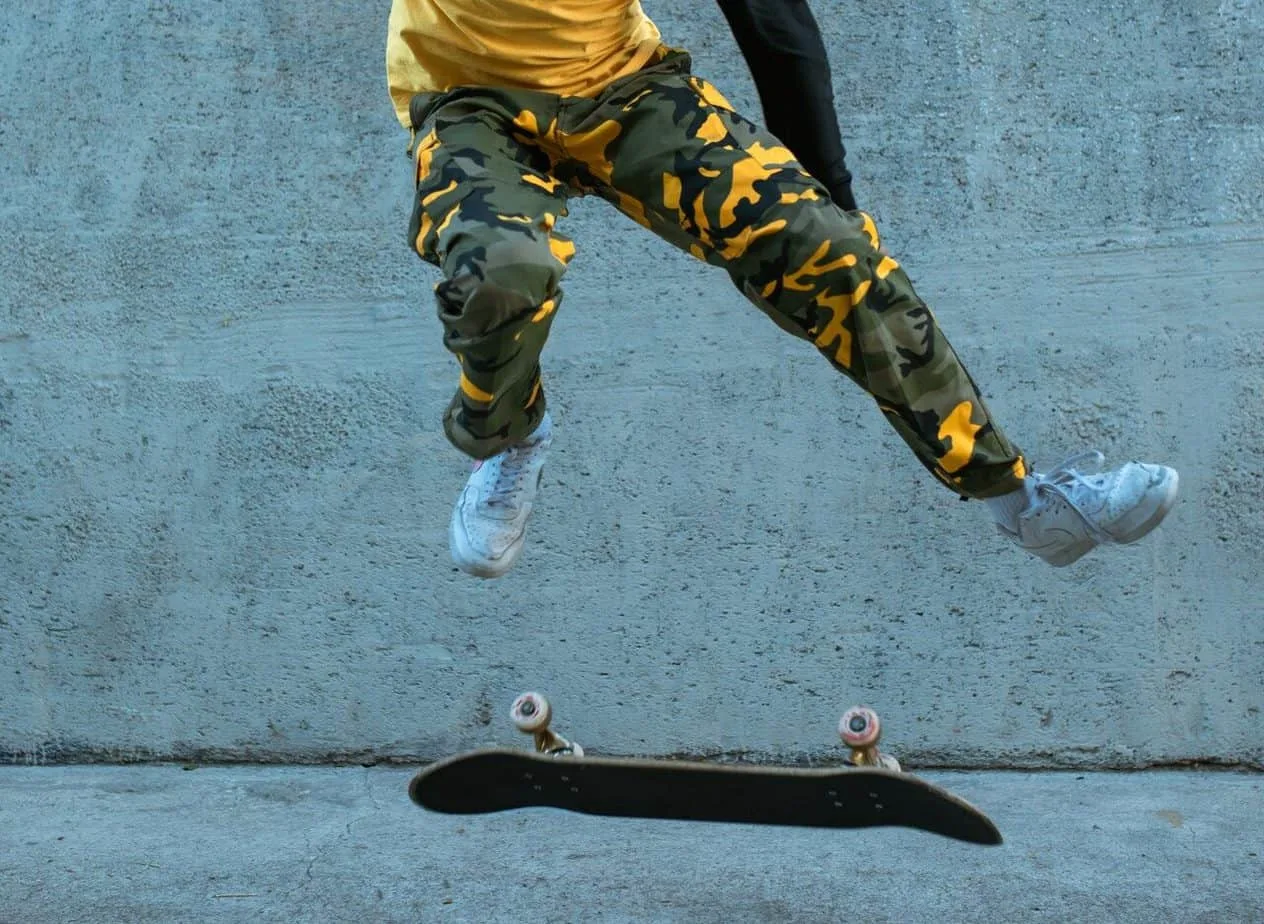
Kickflip Underflip
An underflip is when the skater does through the motion of kicking a kickflip and allows the board to do its full rotation under them. Then when it has completed a full rotation, they will kick back on the board to turn the board in the opposite direction before landing on the board. This requires fast, accurate movements and usually helps if you have a good bit of height to work with.
Hospital flip
A slight variation on the under flip. The skater is still kicking and then catching the board mid-flight to alter its path. However, in this case, you will only complete a half rotation, allowing the board to rest on your kicking foot, then you pull back, allow the board to flip over backward, and then land as you were before. This sounds tricky but can be a rather simple variation with a little practice.
Body Varial Kickflip
Next is the body variable kickflip. This is when the skater kicks a normal kickflip but then, twists their body in a half rotation in the air and lands on the board in the fakie/switch position. It can be a little tricky to twist the body without the momentum created from winding the shoulders but if you segment the kickflip and twist, this can be done rather consistently.
Kickflip with grab
You can also do kickflips with a grab, this is when you do a kickflip and then catch the board with your hands instead of your feet and do a particular grab such as a nose/tail/melon/indy grab in the process. This is often seen on vert ramps and in park competitions when skaters have the chance to perform high airs.
Late Kickflip
The late kickflip is when the skater ollies into the air and levels out the board before initiating the movement for the kickflip. This usually means that the skater will already be descending toward the ground before the board has begun to rotate. So landing this can either look very awkward or comfortable depending on your timing and expertise. Regardless of this though, doing this one at all is a feat to be celebrated.
Fakie/Switch/Nollie Kickflip
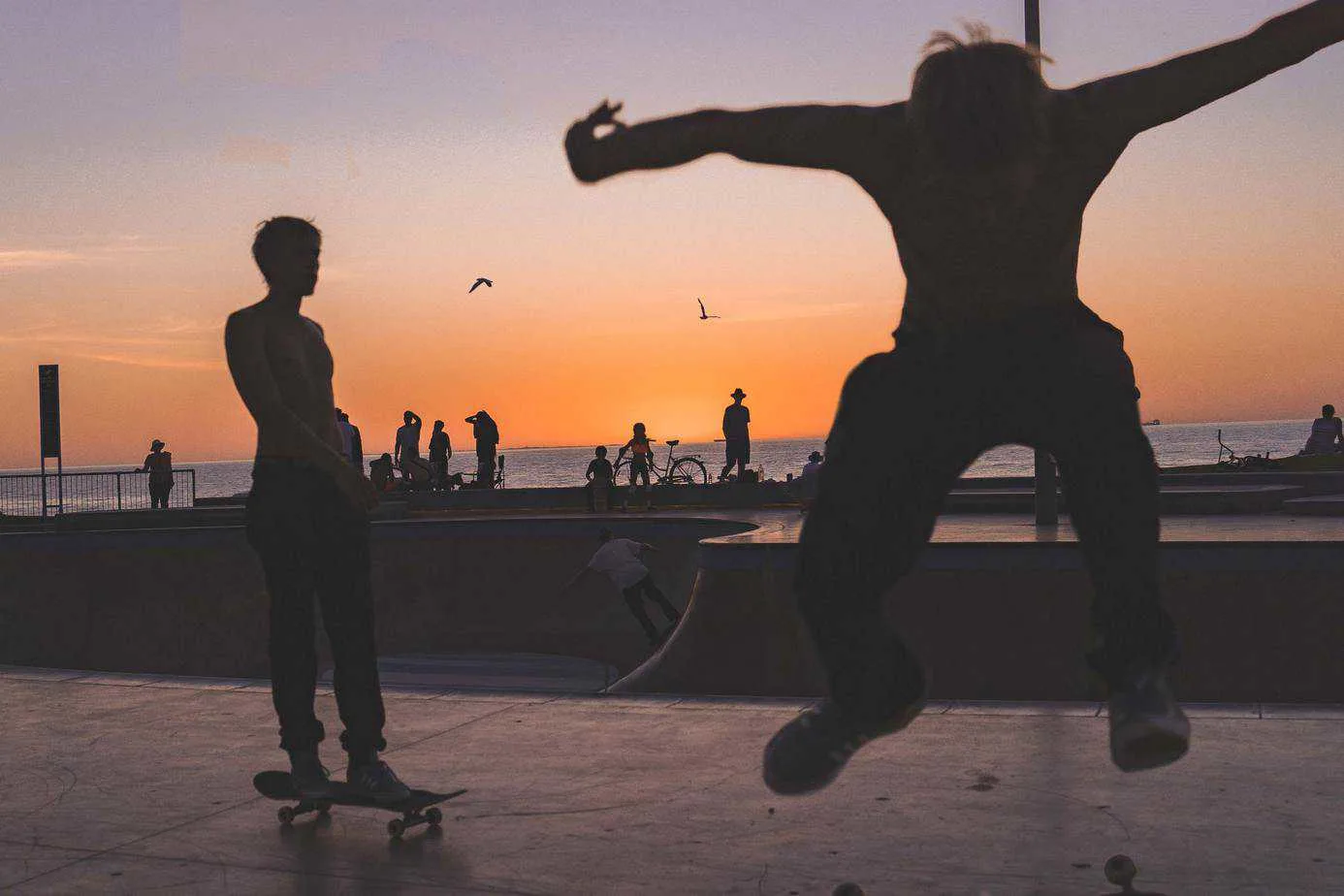
Skating in a particular stance and doing a kickflip is another way to tweak this trick. A fakie ollie is a kickflip while effectively riding backward, a nollie kickflip is when you pop the ollie with the front foot and kick out with the back foot. Then the switch kickflip is when you do a kickflip while in the opposite of your natural stance.
Multiple Kickflips
Then lastly, we have multiple flips. This is when the skater flicks the board extra hard, allowing the board to rotate two, three, or four times depending on the setting and skill level of the skater.
What Tricks Do You Need To Know Before You Try a Kickflip?
While the kickflip is a trick that is considered a novice one, it also bridges the gap between beginner and intermediate skaters. So it’s far from the easiest one to pull off and one that you certainly won’t do without a couple of other skills in your arsenal too. Firstly, you need to be able to ollie. If you don’t have that skill, you simply won’t be able to get off the ground to rotate the board and the effort is wasted.
You’ll also need to be able to ride around on the board and feel comfortable when doing so. The last thing you want is to learn this trick static and then have to learn it all over again when you start moving. However, aside from that, there isn’t anything that you strictly need to know before trying a kickflip.
That being said, we do have a list of tricks that you should prioritize before you try this one. Some will help with learning the kickflip, whereas others are simply easier, more manageable tricks that may be more suited to your skill level before you take this one on. Here is a quick list of those tricks below:
- Shuv-its
- Pop-Shuv-its
- No comply
- FS/BS 180
- Hippy jumps
- Body varials
- Fakie big spins
How to Kickflip: Our Guide
Ok, so you now know where the trick came from, all the different variations, and the tricks you need to know before you try a kickflip. So perhaps it’s about time that we taught you how to do this trick. The first thing you need to do is get your body set for the trick. This trick will require the skater to have the same body position as an ollie. The shoulders need to be square, the posture needs to be upright and the knees need to be bent about 90° to allow the skater to jump and pop the board.
As for foot position, we would suggest that you have your back foot on the tail with the ball of your foot in the pocket. We would even suggest having it a little further toward the toe-side of the board as this will angle the board slightly away from the skater upon take off and make the flick much easier for you. Then the front foot should be placed on or just before the front truck bolts. You can also angle your foot about 45° toward the nose of the board to make the flicking motion more pronounced.
Now what you’ll want to do is pop the board as you would for an ollie, then level out the board by sliding up the grip tape. However, instead of stopping this slide short of the nose, instead, you will want to keep going and flick your foot on the right-hand side of the board for goofy skaters or the left-hand side for regular skaters. This will begin the rotation of the board below you.
Now that rotation is taking place, one thing you need to focus on is readying yourself for catching the board again. To do this, you’ll want to bring your knees closer to your chest, allocating the board room to rotate freely. Then once it has made a full rotation, you need to bring your back foot down to catch the board and then the front foot as well.
After that, all there is to do island. To make sure you do this, bend the knees upon impact to ensure that you absorb the impact of the landing. Then you should ride away after completing your first successful kickflip.
What are the Common Mistakes When Learning to Kickflip?
While on paper a kickflip looks rather rudimentary, several factors will prevent the average skater from getting this trick locked in. Thankfully though, as this trick is one of the most desirable ones to learn, these mistakes are pretty well documented. So with that in mind, here are all the common mistakes that skaters make when learning to kickflip and how to fix these habits:
Board flying Out in front
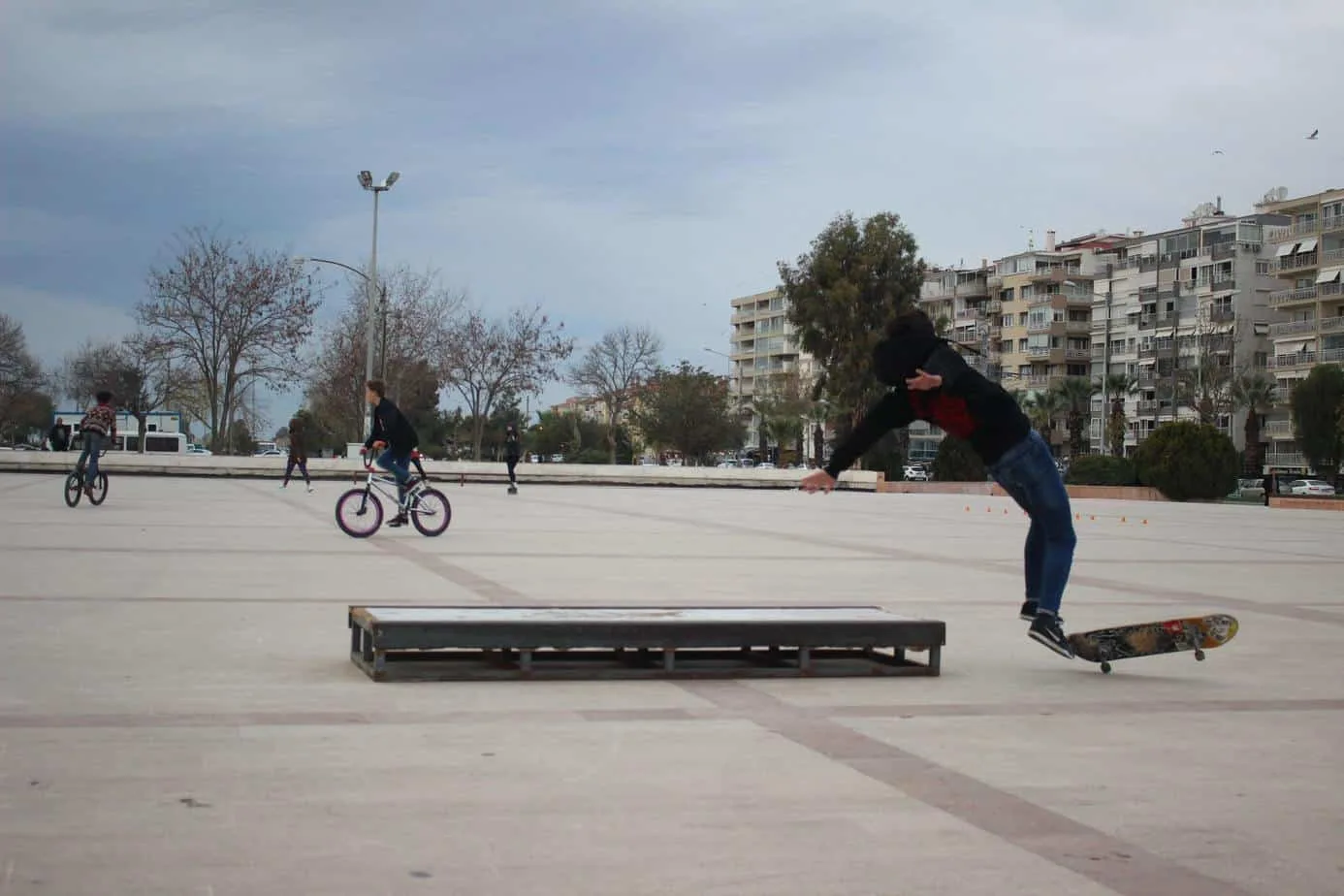
By far, the most common issue with this trick is that the board simply won’t land below you, lending you go too far in front to get both feet on. This can happen for several reasons, however, there are a few that are more common than most. The first is that you are flicking the board too hard, this will often cause the board to move forward slightly and upset your landing.
More commonly though, the issue is that you are kicking ahead rather than flicking the board. A kickflip is not kicking the board, this is a common misconception that can make learning this trick very hard until you realize this. You need to slide and meet the corner pocket, flicking your ankle out as you do. If you kick your whole foot, the board will naturally shoot off due to the huge force pushing it in that direction. Remember, it doesn’t take a huge amount of force to turn the board as long as your technique is good.
Then lastly, the board will also move forward if you happen to be hunching forward or leaning back. To keep the board below you, you need good posture and square shoulders. If you can ensure this, it’s unlikely that the board will go anywhere but below your feet.
Board Under-rotating
Another common issue is the board not rotating as it should. This tends to be down to one thing. Beginners tend to believe that kicking the board down will rotate the board and to an extent you are right. The board can be rotated this way but it is a much more inconsistent method that will often see the board slam into the ground after half a rotation, or alternatively it will get caught on the top of your flicking foot and will stop the rotation.
To negate this issue and get your board rotating, you can start by taking one foot off the board and simply practicing the flicking motion, getting comfortable with the ideal movement. Then once you are happy with the rotation, add the rest of the steps to complete the full trick.
Loss of Balance upon landing
There is also a slightly less common but still relevant issue where skaters will lose balance upon landing, allowing the board to slip and run ahead, or the board will tip up and best-case scenario, you land the trick with your nose pointed up in the air, which just isn’t as cool as riding away. To prevent this, when catching the board, actively try to lean forward to counteract this balance issue and with a little practice, this balance problem should be a thing of the past.
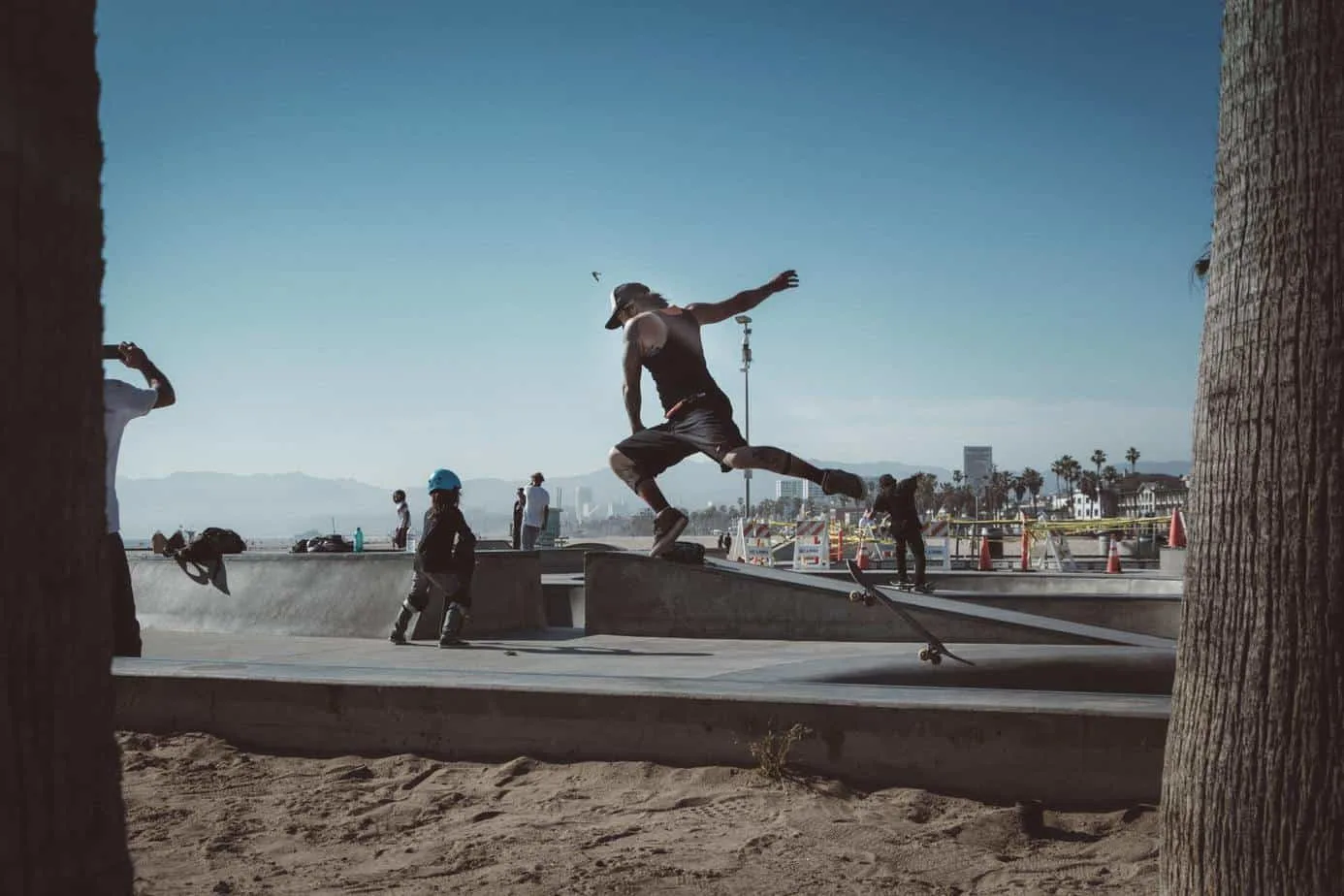
The Origins of ‘Do A Kickflip’
Do a kickflip is a phrase that skaters will either find humorous or incite rage within them. The phrase has been around since the late nineties when skateboarding became a mainstream sport. The mainstream spotlight allowed casual fans and people outside the sport to learn a thing or two about skating and one trick that became the best known in and out of the skating community was the kickflip. This led to teens and random bystanders shouting ‘Do a Kickflip’ to a group of skaters and to this day this unoriginal and grating phrase has remained a common occurrence that skaters simply have to live with.
That being said, The Berrics, a popular skating organization, media outlet, skate park, and host of BATB has made light of the statement. They have a popular segment called ‘Do a Kickflip, where famous pro skaters will head out to local parks and ask random skaters to do a kickflip. It’s a simple premise but for amateur skaters, this is a dream scenario and when these guys ask, they actually care if you land it or not. If you haven’t seen this series, it’s the wholesome skating content that you need in your life, so check it out.
Skating’s Right of Passage
As you can see from the information above, a kickflip is not only an impressive beginner skating trick. It’s a right of passage, a means of bridging the gap between beginner and intermediate tricks, a means of doing loads of trick variations, and is a trick that to this day, remains one of the first tricks that kids want to learn. It’s a brilliant one to add to your repertoire and we hope this guide helps you land your first.
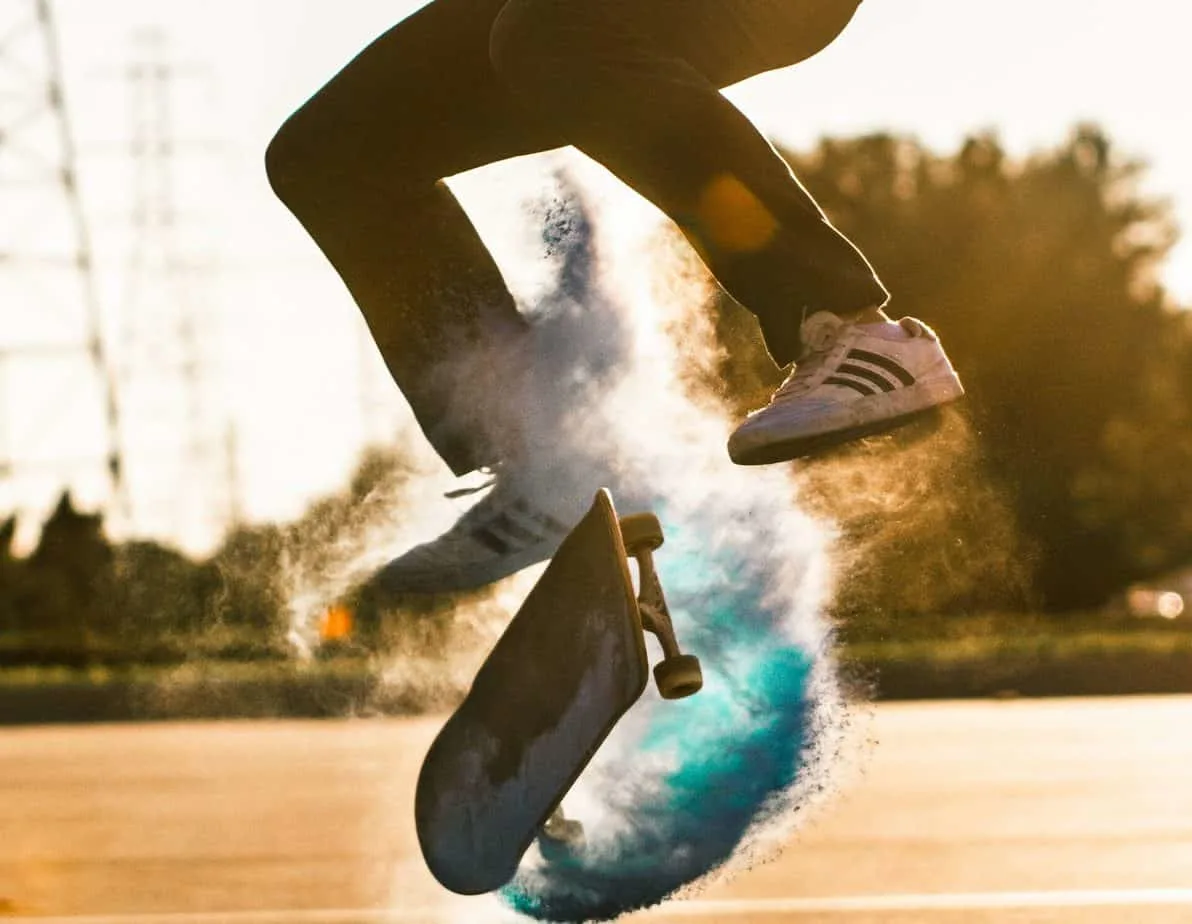
FAQ Section
If you have reached the end of this article and you still haven’t got the answers you were looking for, don’t panic. We have an FAQ section that should provide all the added info that you need. Check it out below:
Answer: This is such a difficult question as there are so many different variations and styles, the setting for the kickflip is also important and the sheer danger factor of a lot of the notable kickflips out there make them all the more impressive as well. However, if I was forced to pick one that replays in my mind daily, it would be Brandon Westgate’s boned kickflip.
This is in Brandon’s part of Emerica that came out about nine years ago and is set in a country back lane, complete with the white picket fence. Brandon takes flight and kicks a steezy kickflip with plenty of time before he hits the ground. Then as he’s soaring, he bones the trick, sticking his legs out straight while maintaining contact with the board and then lands having completed, in my mind, one of the finest tricks on video.
Answer: Honestly, it depends on the skater. In general terms, there is really too much difference in terms of difficulty between these two tricks. They are both basically the same rotation, only in different directions and slightly differing techniques. Heelflips can feel a little more awkward for some as the skater will need to kick out a little more and follow through with the heel. However, aside from this, there is no reason why someone would find one harder than the other.
The defining factor tends to be which one you learn first. Skaters will naturally gravitate towards one or the other and this will usually mean that one will always be a little more comfortable than the other. Plus, when you learn one, it is hard to program the brain to make the slight changes needed to perform the trick on the other side of the board. However, as long as you practice, you’ll be able to do both rather comfortably.
Answer: The natural tricks that skaters should progress to using the skills learned from both a kickflip and a pop-Shove, are the varial kickflip and the tre-flip. The varial requires the skater to spin the board 180° while also turning the board on the opposite axis by 360°. Whereas the tre-flip is a 360° turn on both axis. The tre-flip is the more difficult of the two as this relies much more on a powerful scoop than a flicking motion, not to mention a different foot position and body position. However, with practice, both of these tricks could be yours. Other tricks would be heelflips if you haven’t got them already, 360 shoves, varial heels, fakie big spins, hospital flips impossible, and hard flips.
So that is our complete guide teaching you how to kickflip. What did you make of this guide? Did you find this helpful and informative? Are there any other tricks that you would love to see us cover in the future? Let us know in the comments section below and as always, thank you for reading Skate Culture Insider.
Looking for more interesting readings? Check out:

